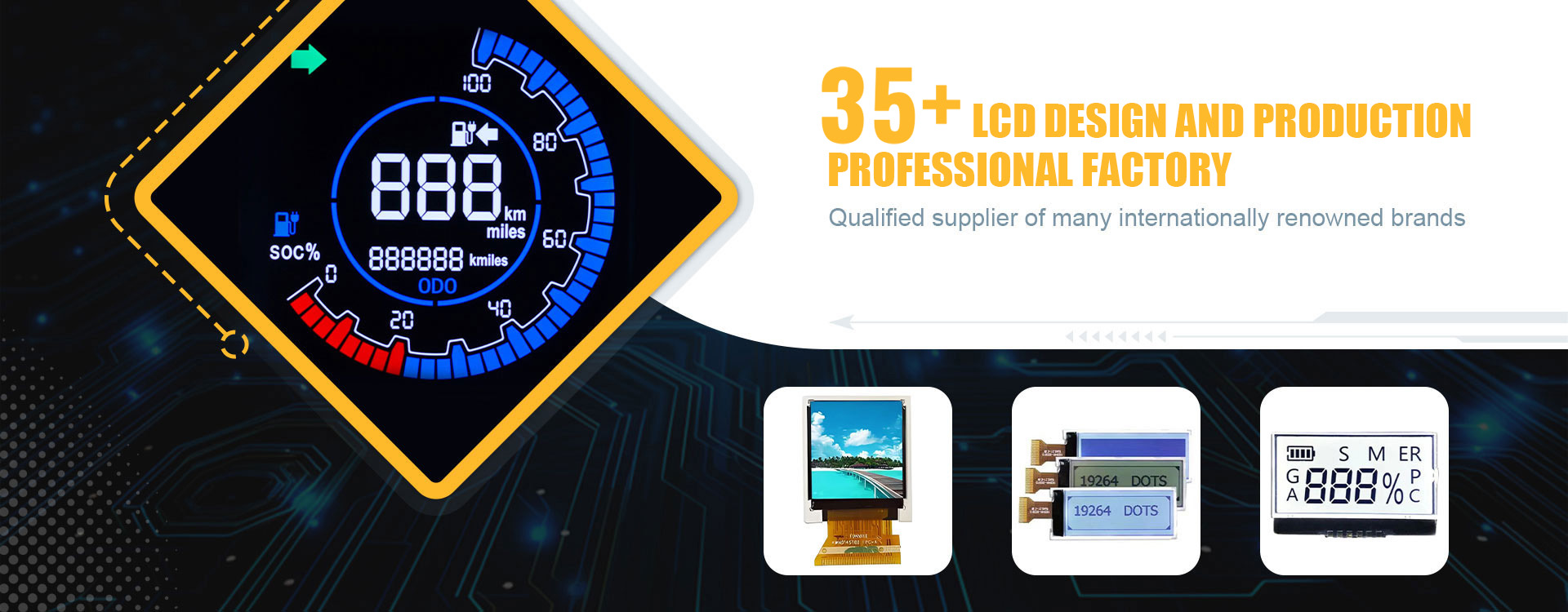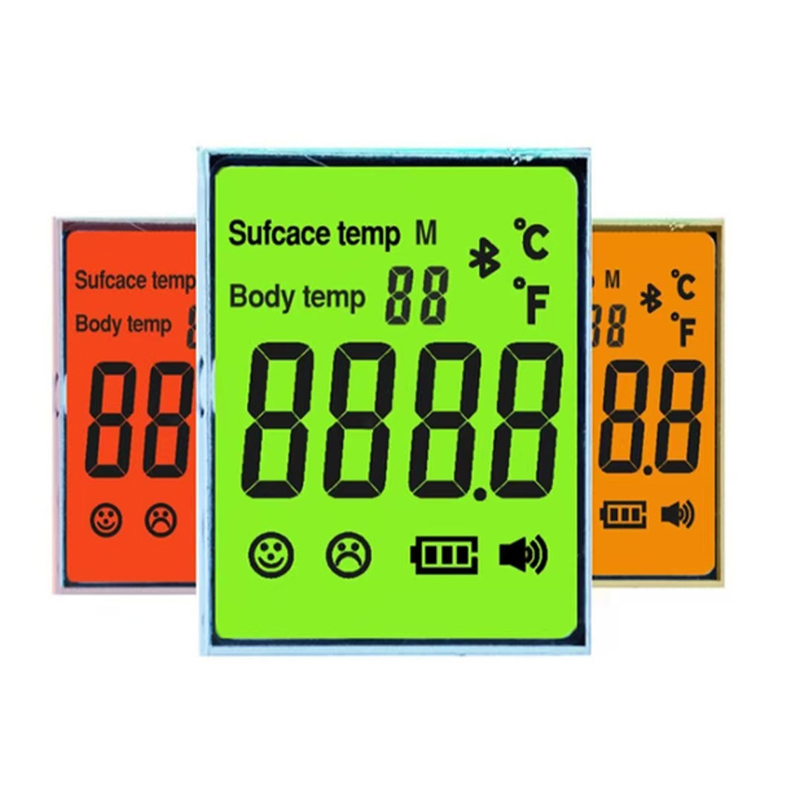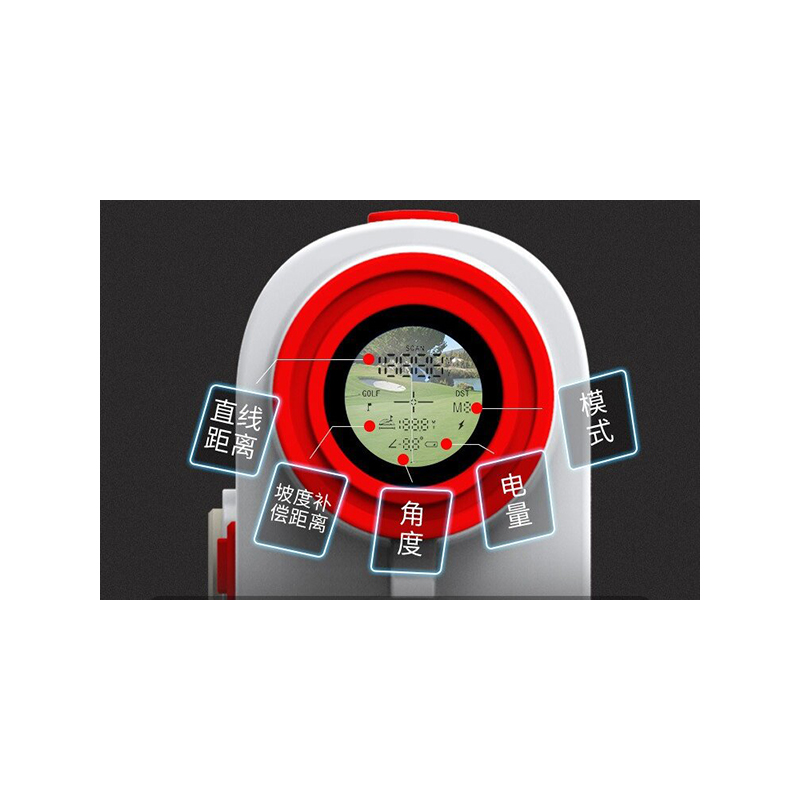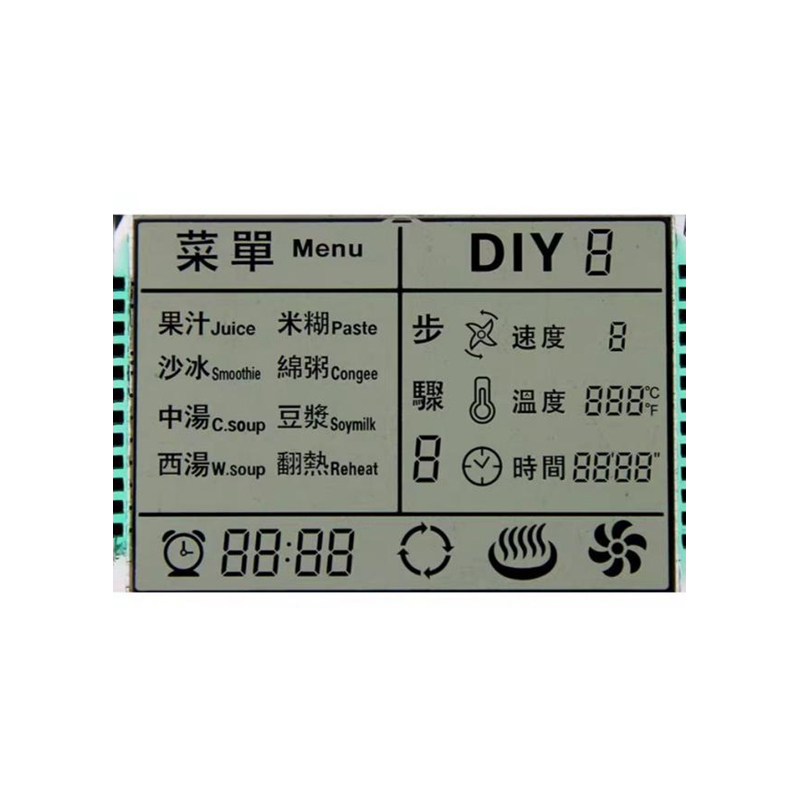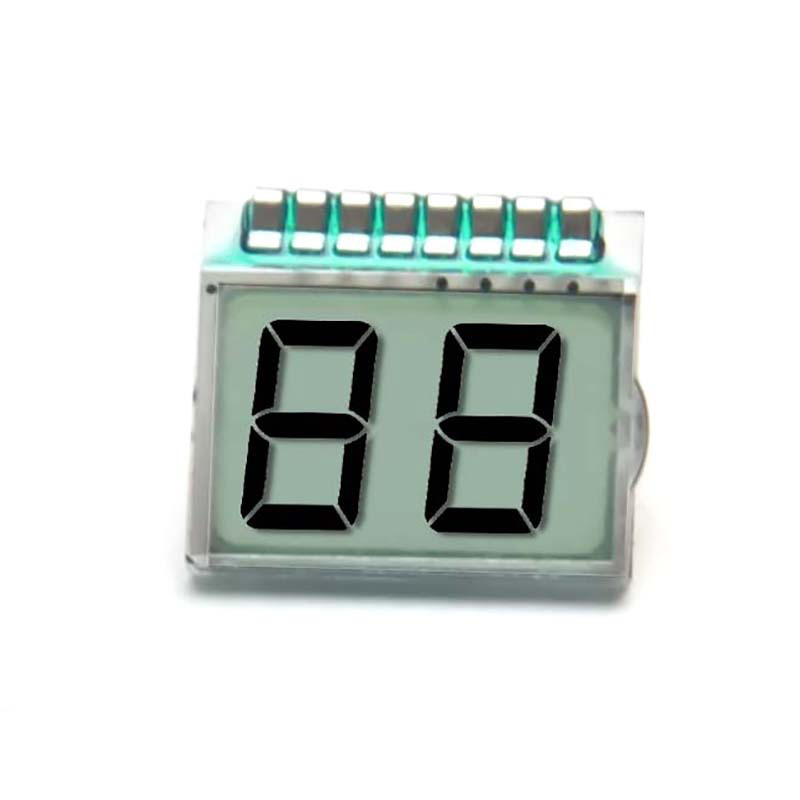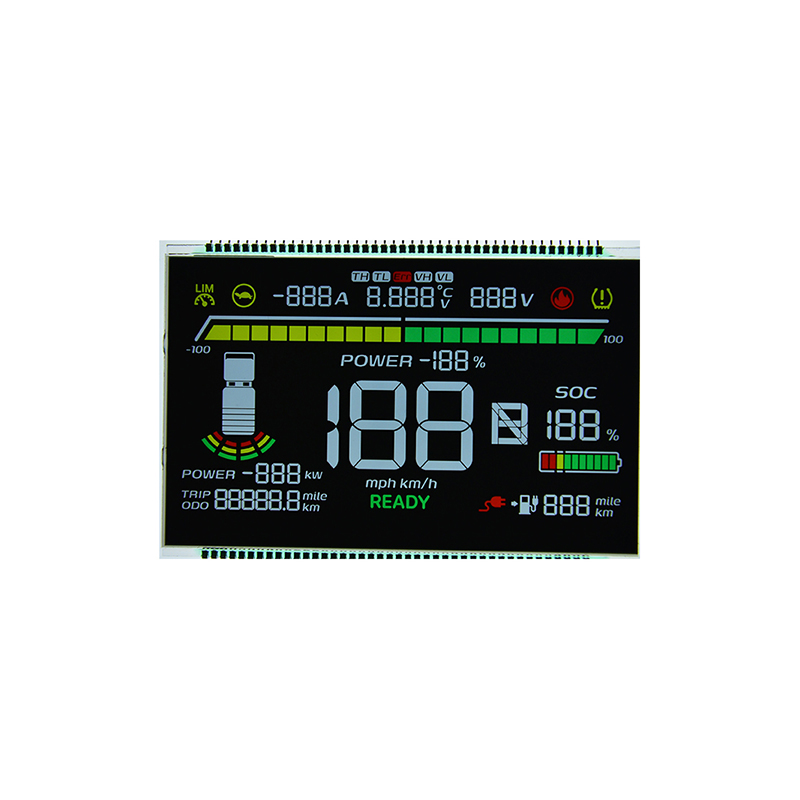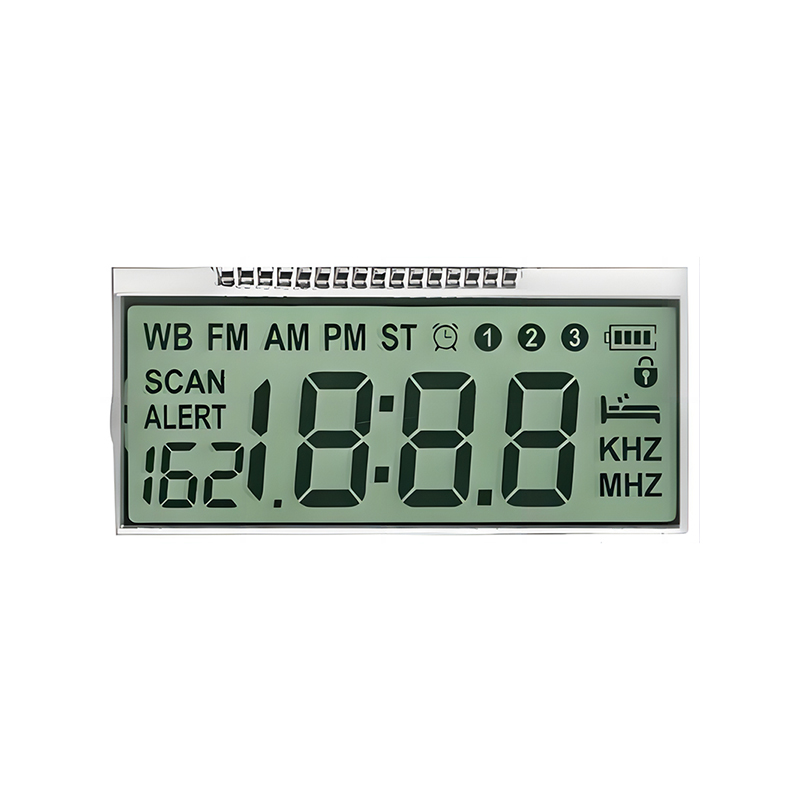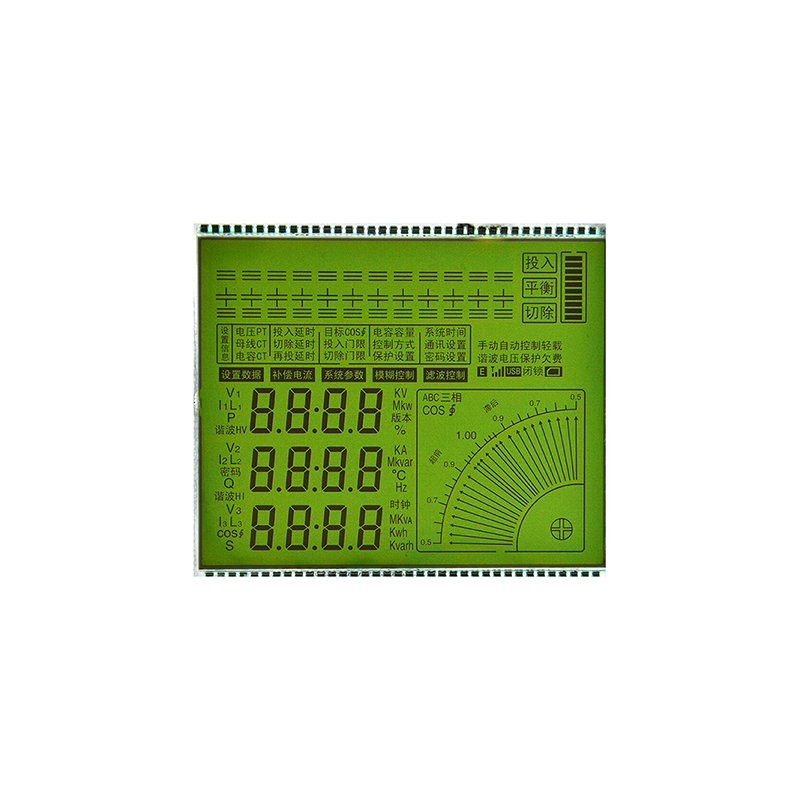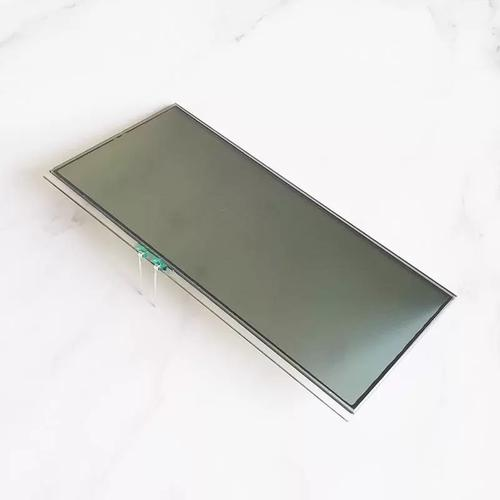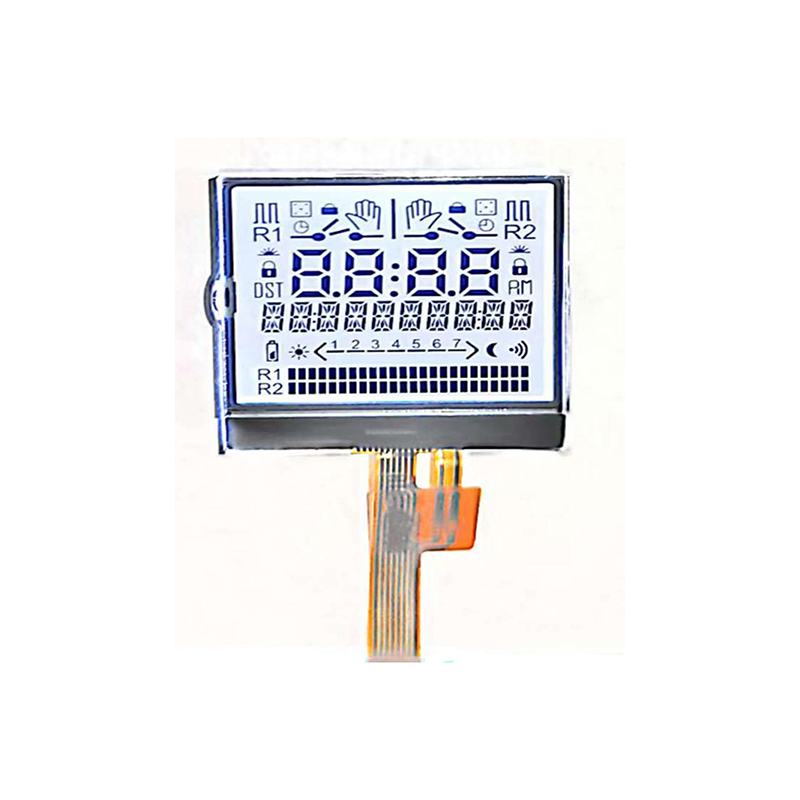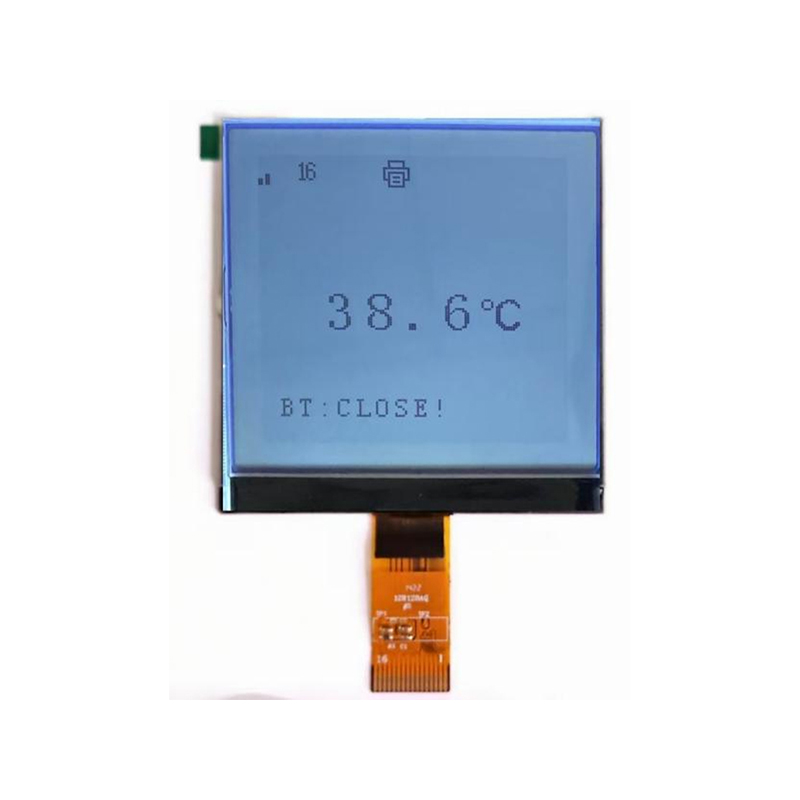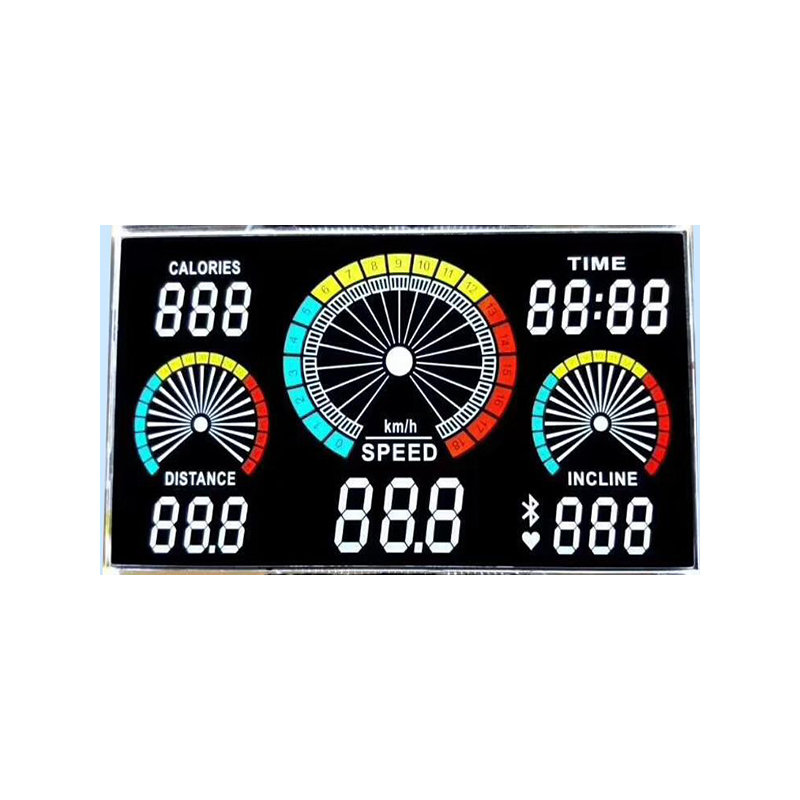This guide provides a comprehensive overview of HMI TFT displays, helping you select the ideal solution for your specific application. We'll cover key specifications, different display technologies, and considerations for integration, ensuring you make an informed decision. Learn about factors like resolution, brightness, and touch capabilities to optimize your user interface.
Understanding HMI TFT Displays
Human-Machine Interfaces (HMIs) are crucial for effective interaction between humans and machines. A HMI TFT display serves as the visual component of this interface, presenting information and allowing for user input. These displays utilize Thin-Film Transistor (TFT) technology, offering superior image quality and responsiveness compared to other technologies. The choice of the right HMI TFT display depends heavily on the application's requirements.
Key Specifications to Consider
Selecting the right display involves careful consideration of several key specifications. These include:
- Resolution: Measured in pixels (e.g., 800x480, 1024x600), this determines image clarity and detail. Higher resolution generally translates to a sharper, more detailed image.
- Display Size: The physical size of the display (measured diagonally in inches) influences readability and usability. Consider the available space and the viewing distance for optimal user experience.
- Brightness: Measured in cd/m2 (candelas per square meter), brightness determines visibility in different lighting conditions. Higher brightness is beneficial for outdoor or brightly lit environments.
- Contrast Ratio: The ratio between the brightest white and darkest black a display can produce. A higher contrast ratio leads to richer, more vibrant images.
- Response Time: The time it takes for a pixel to change color. Faster response times are crucial for applications requiring smooth animation or video playback.
- Touchscreen Functionality: Resistive, capacitive, and projected capacitive are common touchscreen technologies. Choose the one that best suits your application's requirements for accuracy and durability.
Types of HMI TFT Displays
Various types of HMI TFT displays cater to diverse application needs. Some common types include:
- Color TFT Displays: Offer a full range of colors, providing vibrant and informative user interfaces. These are ideal for applications where visual appeal and information richness are crucial.
- Monochrome TFT Displays: Typically simpler and more cost-effective, these displays use a limited color palette (often just black and white or shades of gray). They are suitable for applications where color isn't a primary requirement.
- Transmissive TFT Displays: Require a backlight for illumination. They are suitable for indoor applications where ambient lighting is sufficient.
- Reflective TFT Displays: Don't require a backlight and are ideal for outdoor applications with strong sunlight. They are generally less bright but consume less power.
Choosing the Right Display for Your Application
The ideal HMI TFT display depends on various factors, including your budget, application environment, and required features. Consider factors like:
- Operating Temperature Range: Ensure the display can withstand the temperature variations in your application environment.
- Durability and Robustness: Choose a display with appropriate protection against impacts, dust, and moisture depending on the application's environment.
- Interface and Connectivity: Select a display with compatible interfaces (e.g., USB, RS232, SPI) for easy integration into your system.
- Power Consumption: Consider the display's power consumption, especially for battery-powered applications.
Integration and Considerations
Successful integration of your HMI TFT display requires careful planning. Ensure compatibility with your existing hardware and software, and consider factors such as enclosure design, mounting, and cable management. For assistance with selecting and integrating high-quality HMI TFT displays, consider contacting a reputable supplier like Dalian Eastern Display Co., Ltd., a leading provider of customized LCD solutions. They offer a wide range of options to meet diverse application needs.
Comparison of Popular HMI TFT Displays
| Feature | Display A | Display B |
| Resolution | 800x480 | 1024x600 |
| Size (inches) | 7 | 10.1 |
| Brightness (cd/m2) | 300 | 450 |
| Touchscreen | Resistive | Capacitive |
Note: This is a simplified comparison. Actual specifications may vary depending on the manufacturer and specific model.
By carefully considering these factors and specifications, you can select the optimal HMI TFT display to enhance the user experience and functionality of your application.

